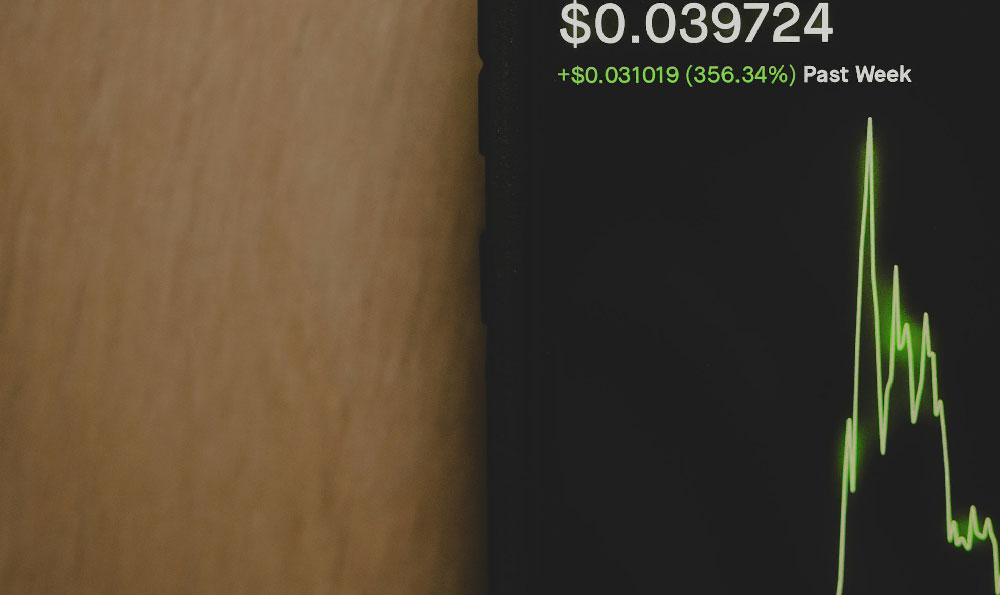Investing in your 20s is arguably one of the most pivotal financial decisions you can make. While retirement might seem a lifetime away, and the immediate gratification of spending might be tempting, harnessing the power of compounding early on can dramatically alter your financial trajectory. The simple answer to "why" is: time. Time is your most valuable asset in the world of investing. The longer your money has to grow, the more significant the impact of compound interest. This means earning interest not only on your initial investment but also on the accumulated interest from previous periods. Think of it as a snowball rolling down a hill – it starts small, but it gathers momentum and size exponentially.
Imagine two hypothetical individuals. Sarah starts investing $5,000 annually at age 25, earning an average of 7% per year. John starts investing the same amount, earning the same return, but waits until age 35. By the time they both reach age 65, Sarah will have significantly more than John, even though she invested for a shorter period overall. This is the magic of compounding, and it's why starting early is so crucial.
Beyond the power of compounding, investing in your 20s instills valuable financial habits. It forces you to become more aware of your spending, budgeting, and financial goals. You learn to differentiate between needs and wants, and you become more disciplined in managing your money. This financial literacy is invaluable, not just for investing, but for navigating all aspects of your financial life. It's a skill that will benefit you throughout your career and personal life.

Furthermore, investing early allows you to take on more risk. When you're young, you have a longer time horizon to recover from any potential losses. This means you can afford to allocate a larger portion of your portfolio to riskier, but potentially higher-growth, assets like stocks. While stocks can be volatile in the short term, they have historically outperformed other asset classes over the long term. As you get older and closer to retirement, you can gradually shift your portfolio to a more conservative allocation with a higher percentage of bonds.
Now, let's delve into the "how." Starting your investment journey can seem daunting, but it doesn't have to be complicated. The key is to start small, be consistent, and understand the basics.
Firstly, define your financial goals. What are you saving for? A down payment on a house, retirement, travel, or simply financial security? Having clear goals will help you determine your investment time horizon and risk tolerance. Are you comfortable with the possibility of losing money in the short term for the potential of higher returns in the long term, or would you prefer a more conservative approach with lower potential returns but also lower risk?
Next, create a budget. Track your income and expenses to understand where your money is going. Identify areas where you can cut back on unnecessary spending and allocate those savings to your investment account. Even small amounts can make a big difference over time.
Once you have a budget, you can start exploring different investment options. Several avenues are available to young investors, each with its own set of advantages and disadvantages.
Consider employer-sponsored retirement plans, such as 401(k)s. If your employer offers a matching contribution, take full advantage of it. This is essentially free money, and it can significantly boost your retirement savings. Maxing out your employer match should be a top priority.
Individual Retirement Accounts (IRAs) are another excellent option. Traditional IRAs offer tax-deductible contributions, while Roth IRAs offer tax-free withdrawals in retirement. The best option for you will depend on your current income and tax bracket.
Beyond retirement accounts, you can invest in a taxable brokerage account. This gives you more flexibility in terms of when and how you access your funds. Within a brokerage account, you can invest in a wide range of assets, including stocks, bonds, mutual funds, and exchange-traded funds (ETFs).
ETFs and mutual funds are particularly well-suited for beginners. They allow you to diversify your investments across a broad range of companies and asset classes, reducing your overall risk. Index funds, which track a specific market index like the S&P 500, are a low-cost and efficient way to gain exposure to the overall stock market.
When selecting investments, consider your risk tolerance and time horizon. If you have a long time horizon, you can afford to allocate a larger portion of your portfolio to stocks. If you are more risk-averse, you may want to consider a more conservative allocation with a higher percentage of bonds.
Remember, diversification is key to managing risk. Don't put all your eggs in one basket. Spread your investments across different asset classes, industries, and geographic regions.
Finally, stay informed and be patient. Investing is a long-term game, and there will be ups and downs along the way. Don't panic sell during market downturns. Instead, stay focused on your long-term goals and continue to invest consistently. Read books, articles, and follow reputable financial websites to stay up-to-date on market trends and investment strategies. Consider consulting with a financial advisor if you need personalized guidance. The sooner you start, the better positioned you'll be to achieve your financial goals and secure a comfortable future. Building wealth takes time and consistent effort, but the rewards are well worth the investment.












